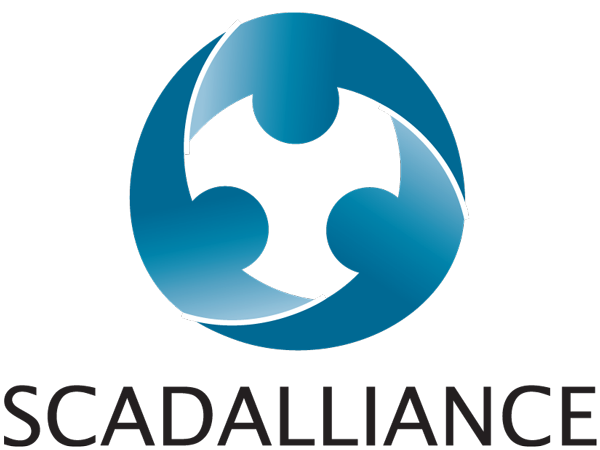Background
Water management has become a key issue for municipalities and industrial companies due to increasingly stringent requirements, particularly in regard to environmental and health safety standards.
Limiting discharges, reducing leaks, guaranteeing quality drinking water and optimizing production, treatment and distribution costs are all challenges that water and wastewater infrastructure operators and managers face every day.
Background
In the last few years, there has been a significant increase in flooding leading to increasingly severe human and material damage.
Continuous monitoring of watercourses and other water installations, combined with meteorological monitoring, is becoming a requirement for many municipalities and other organizations in charge of public safety; such monitoring will enable a better understanding of the dynamics at play, the prevention of accidents and the implementation of appropriate measures to combat flooding.
Background
The air we breathe contains a mixture of gases and particles that can vary according to human activity, weather conditions and natural phenomena. Atmospheric pollution degrades air quality in the environment and inside buildings, exposing people to real health risks.
Unfortunately, human activities are the main source of air pollution in many parts of the world:
industrial activities: factories, thermal power plants, oil refineries...
- transport: cars, trucks, planes...
- domestic heating: wood, coal, fuel oil
- agricultural practices: intensive livestock farming, use of fertilizers, etc.
- daily activities in a context of increasing urbanization.
Background
The Energy sector covers many applications for which the implementation of monitoring tools has become essential.
User safety, continuity of service, return on investment and ease of equipment supervision have now become essential requirements for the design of any energy system.
Whether for decentralized production, electricity or gas distribution, or building heating and air conditioning, controlling and monitoring performance requires flexible and efficient solutions.
Background
Manufacturers of industrial equipment, integrators and maintenance service companies are increasingly confronted with a demand for performance and rapid intervention in the event of plant malfunctions.
In addition, their customers' operations are expanding over increasingly large geographical areas, making it difficult and uneconomical to send a technician on site to perform the necessary diagnostics and troubleshooting.
The use of automated monitoring and remote access solutions has therefore become essential to respond to these challenges effectively.
Background
Developments in communication networks, advances in embedded computing and the search for increasingly efficient tools to simplify and optimize professional and private activities have fostered the emergence of what is commonly referred to as IoT (Internet of Things) or IdO (Internet des objets).


